Big cats, such as lions, tigers, leopards, and cheetahs, play a crucial role in maintaining the balance of ecosystems in which they reside. Migration patterns among these majestic animals are not only dictated by seasonal changes and prey availability but also increasingly altered by human activities. Understanding these migration patterns and their disruptions is vital for conservation efforts aimed at preserving big cat populations globally.
Understanding Natural Migration Patterns

In their natural habitats, big cats migrate primarily in pursuit of prey and to find favorable breeding grounds. Seasonal shifts often influence these movements as they track the migratory patterns of prey species. For instance, African lions and leopards are known to roam extensively following wildebeest herds during their migration in the Serengeti.
The Role of Habitats in Migration
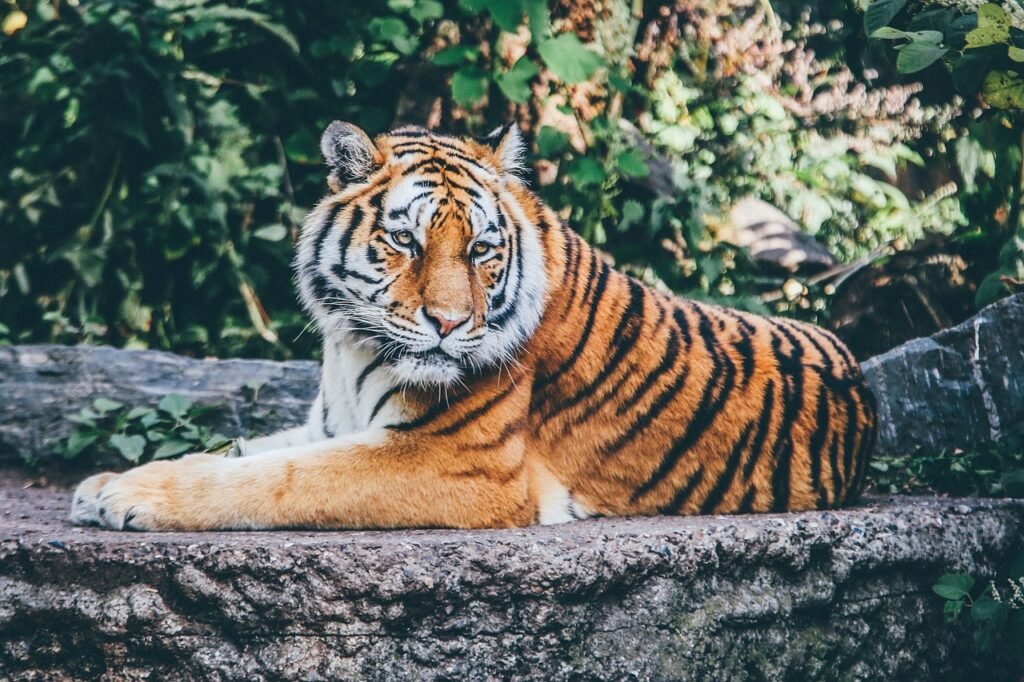
The vast territories required by big cats for hunting and breeding underscore the importance of large, contiguous habitats. These habitats must offer not only sufficient prey but also safe travel corridors for these apex predators. Disruptions in these territories due to human encroachment pose significant obstacles to their natural migration behavior.
Impact of Habitat Fragmentation
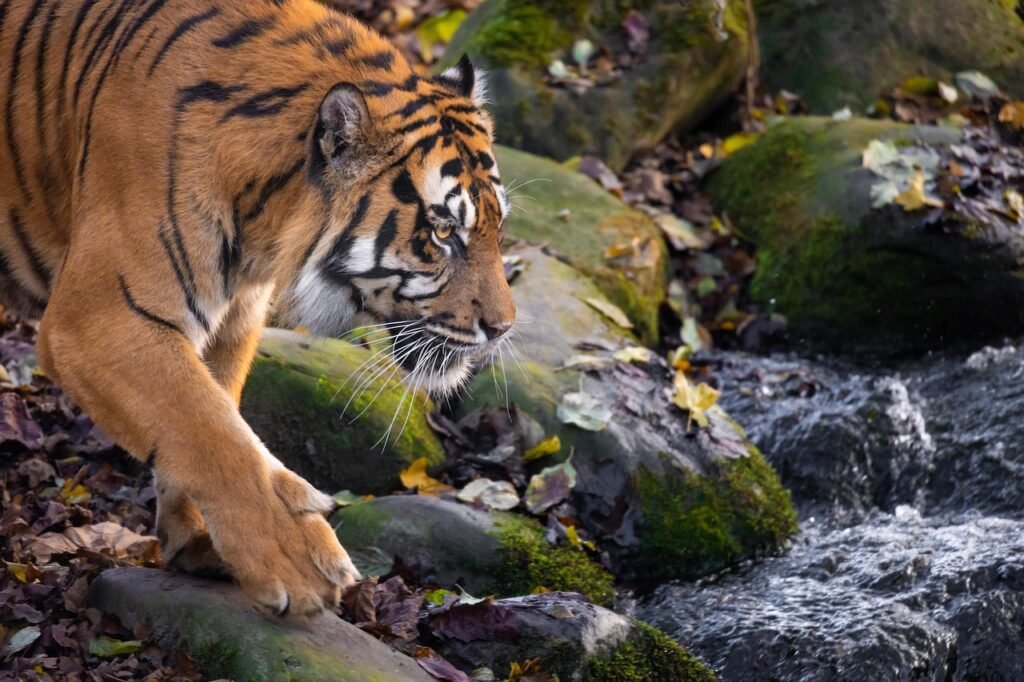
Urbanization, agriculture, and infrastructure development have led to habitat fragmentation, creating isolated patches of suitable environment. This fragmentation restricts the natural movements of big cats, making genetic exchange between populations difficult and increasing competition for dwindling resources, often leading to conflict with humans.
Climate Change and Altered Migration Routes
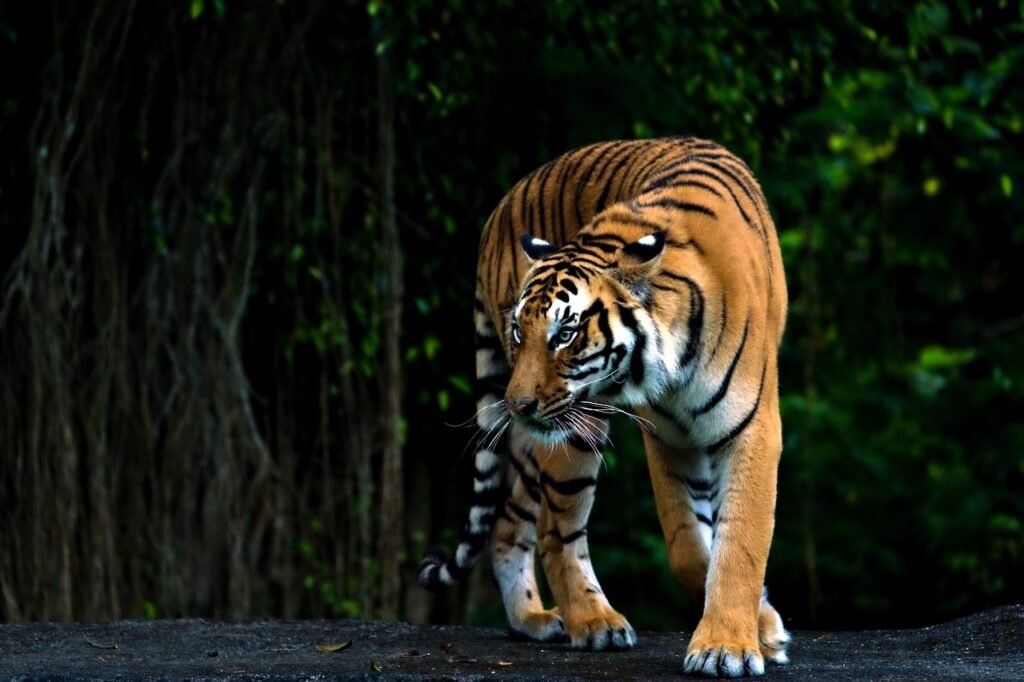
Climate change exacerbates challenges to traditional migration patterns by altering ecosystems. As temperatures rise and precipitation patterns change, the availability of prey and water sources is affected, forcing big cats to change their migratory routes, sometimes bringing them into closer contact with human settlements.
Human-Wildlife Conflict
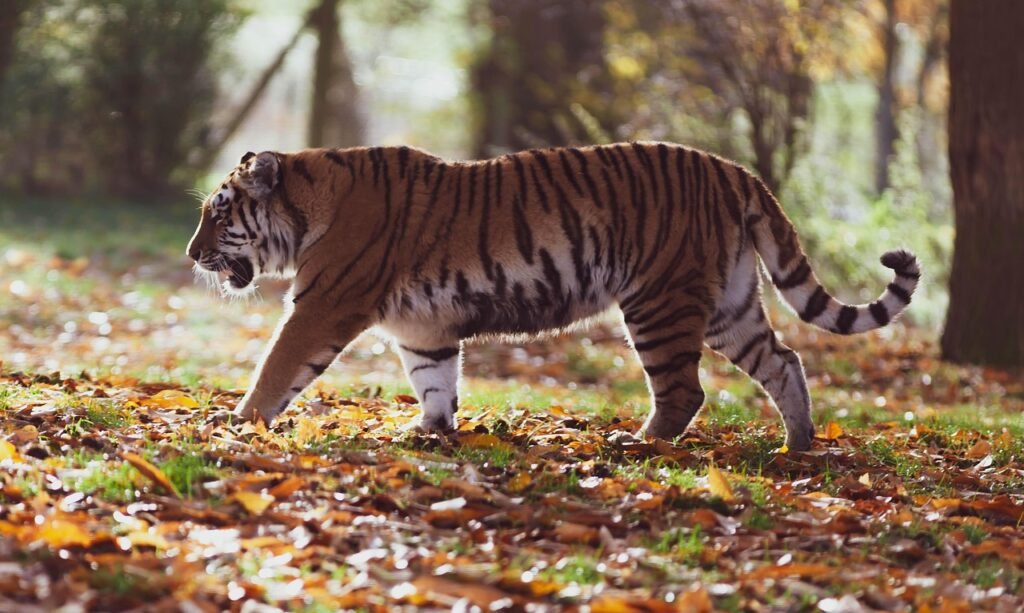
As migration routes are interrupted or altered, big cats sometimes find themselves in populated areas, leading to human-wildlife conflict. This conflict not only threatens human safety but also endangers the lives of these majestic animals, as they are often seen as threats and may be killed in retribution or as a precautionary measure.
The Role of Poaching
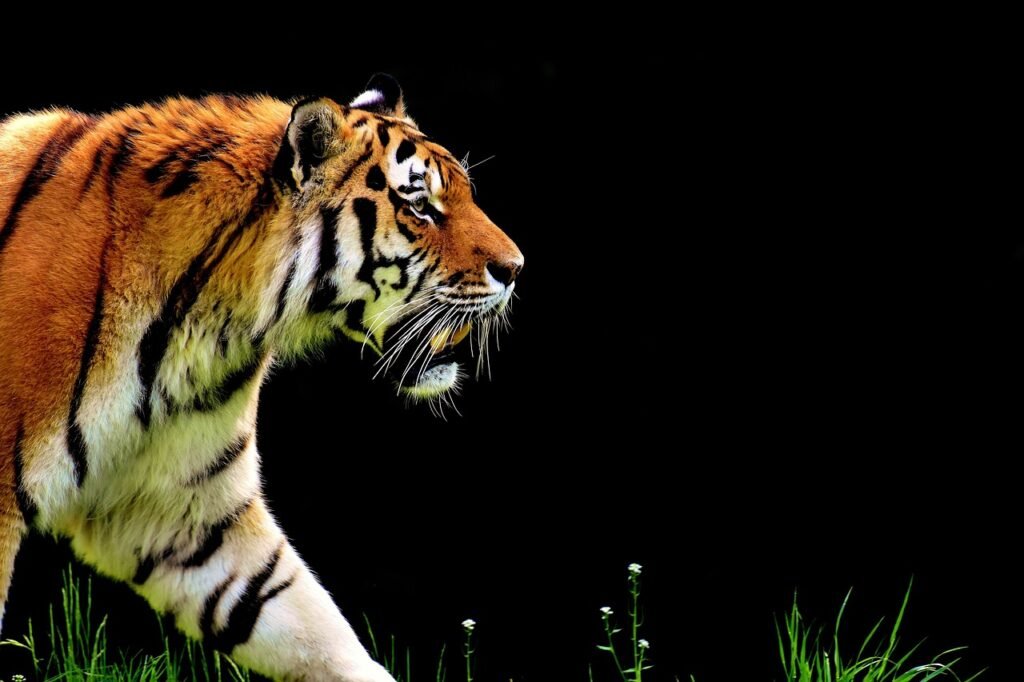
Poaching remains a significant challenge for big cat populations. The illegal wildlife trade, driven by demand for skins, bones, and other body parts, affects the population numbers and can cause big cats to alter their movements to avoid heavily poached areas, which are often proximal to human settlements.
Effects of Fencing and Border Policies
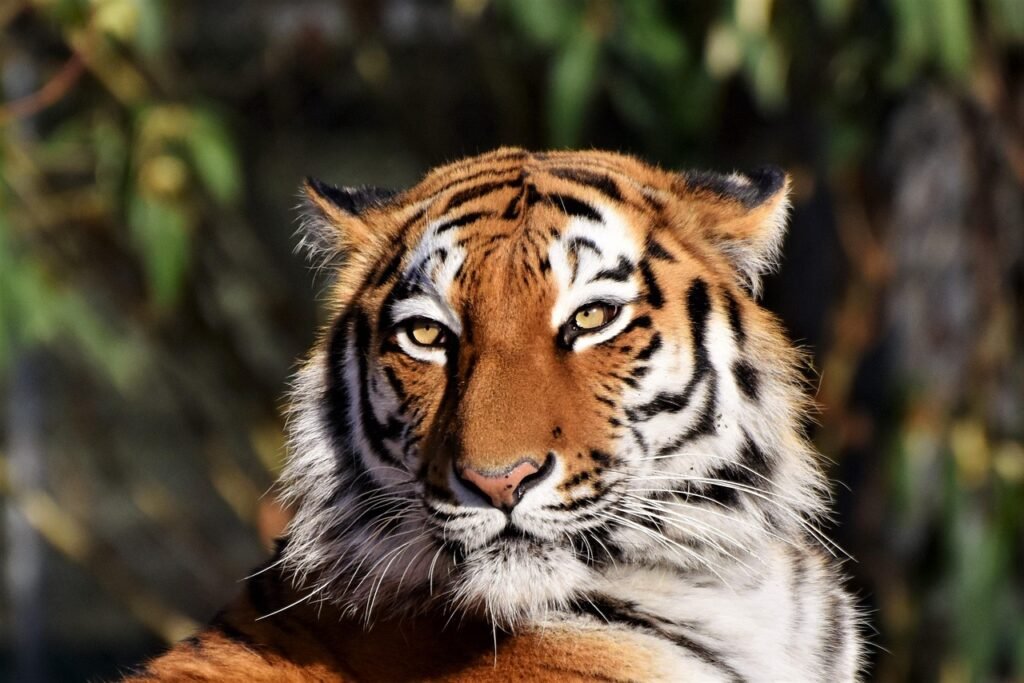
Fencing and national border policies often fail to consider the natural migration routes of big cats. While fences can prevent livestock predation, they also hinder free movement, often trapping animals and leading to adverse effects on their health and survival, as well as on the ecological balance of the regions they inhabit.
Conservation Efforts and Solutions
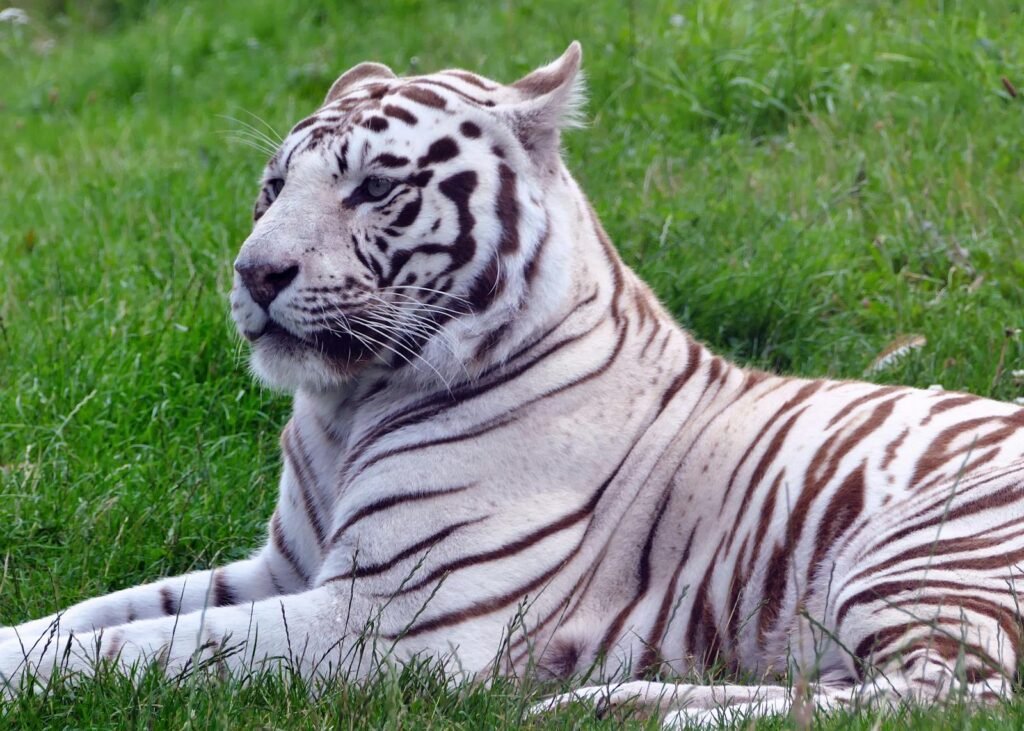
Efforts to mitigate the impact of human activities on big cat migration patterns focus on habitat restoration and the creation of wildlife corridors. Conservationists work towards establishing protected areas and implementing sustainable development practices that consider the ecological requirements of big cats. Education and community engagement are also key strategies to reduce human-wildlife conflict and promote coexistence.
Conclusion: The Path Forward

The impact of human activity on big cat migration patterns is profound and multifaceted. A concerted global effort is necessary to ensure the preservation of these species. By understanding the complexities of their natural behavior and the challenges posed by human encroachment, we can develop strategies that support the coexistence of humans and big cats, ensuring that future generations can continue to marvel at these extraordinary creatures in the wild.
Hi, I’m Bola, a passionate writer and creative strategist with a knack for crafting compelling content that educates, inspires, and connects. Over the years, I’ve honed my skills across various writing fields, including content creation, copywriting, online course development, and video scriptwriting.
When I’m not at my desk, you’ll find me exploring new ideas, reading books, or brainstorming creative ways to solve challenges. I believe that words have the power to transform, and I’m here to help you leverage that power for success.
Thanks for stopping by, Keep coming to this website to checkout new articles form me. You’d always love it!






